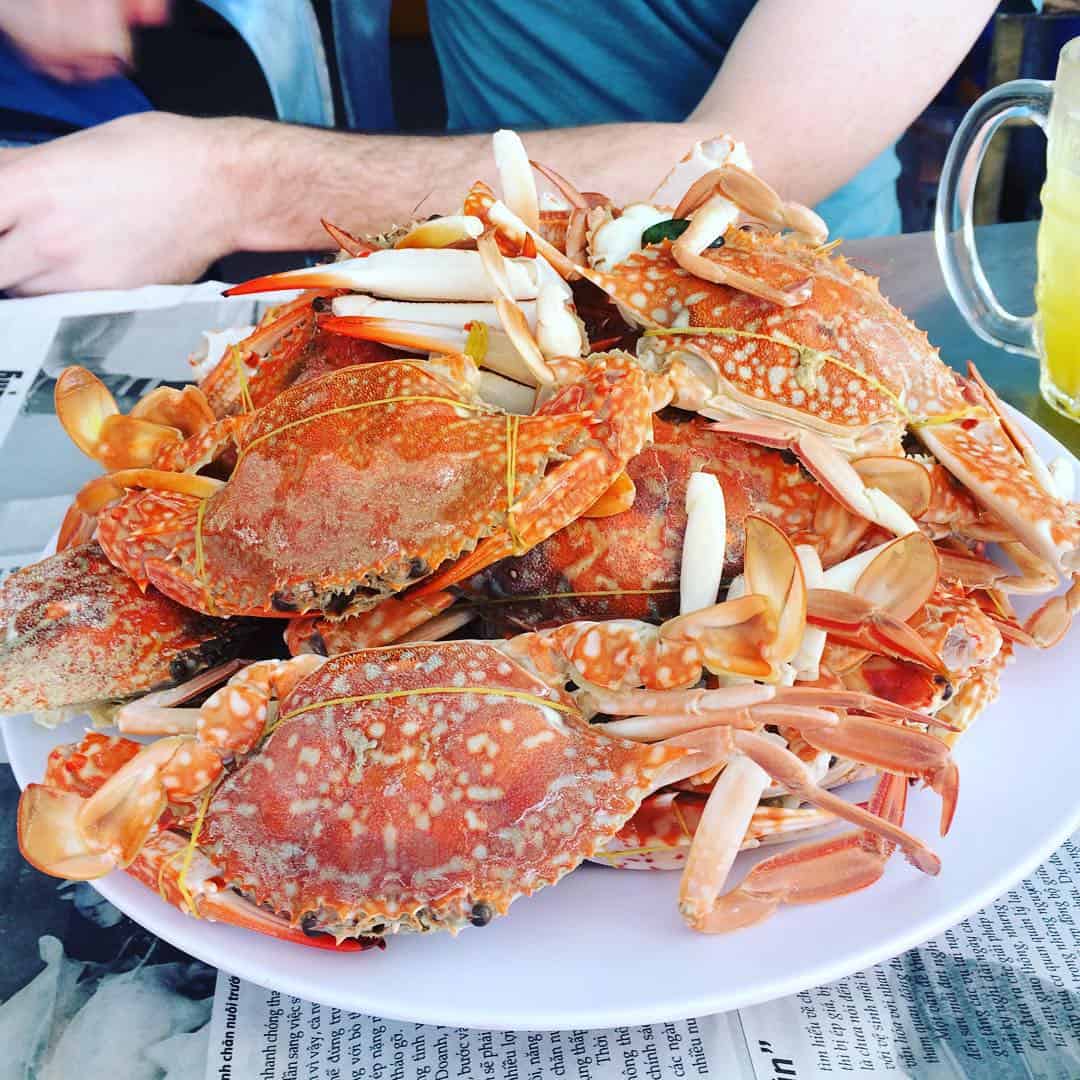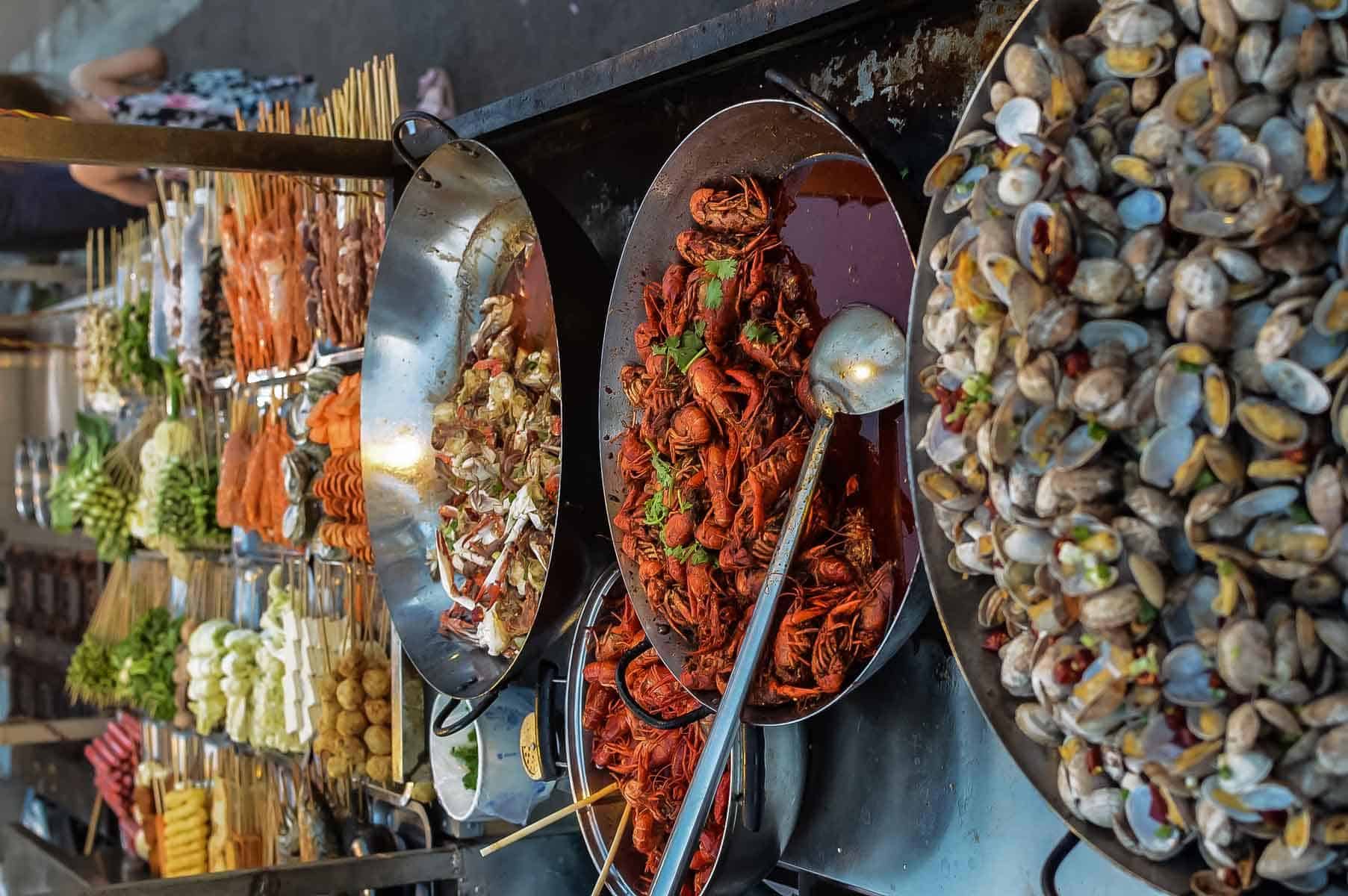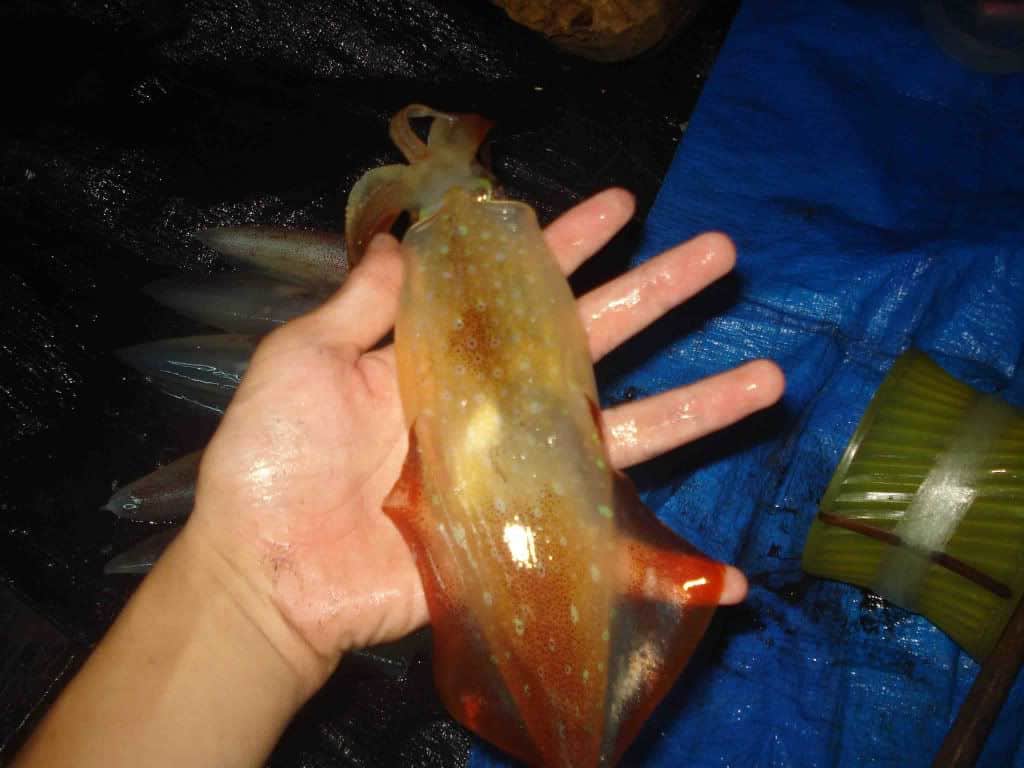Tips for buying seafood in Phu Quoc
Other from sightseeing and sea activities, Phu Quoc is a great place to eat, mostly because of its fresh and diverse seafood. Unlike in the mainland of Vietnam, you don’t have to worry too much about the seafood’s quality as well as the costs. Seafood in Phu Quoc is relatively cheaper than other places. However, it’s best to have some knowledge in case you want to buy seafood in large number. In this article, we’ll give you tips on how to buy the best seafood.
1. Fishes

When you buy fishes, look at their gills first. If the fishes are still fresh, their gills would stay red have no smell and no slime. If the gill cover closes tight on the fish’s body that means the fish is fresh caught. Use your finger to press on the fish, if the meat rebounds, it’s fresh, if it doesn’t you should not buy.
2. Shrimps
It’s best to buy shrimps that are alive and jumping. For frozen shrimps, when you touch their bodies, it feels tough naturally which means the shrimps didn’t have jelly injected inside (in order to increase the weight). All the body parts of a shrimps have to be attached tightly. Do not choose ones that have smells or are flaccid.
For lobsters, shiny, thick shell and green crusher claws are the signs to buy them. For black tiger shrimps, they have to have shiny, slippery shells, alive and jumping. You able to buy the fresh seafood either in Duong Dong market or Ham Ninh fishing village. If you need a car to get there check it out our offer Cheap Phu Quoc Car Hire and Phu Quoc Car Rental Deals
3. Crabs

There are many kinds of crabs to choose, either you want crabs for roe or meat. Crabs that have grayish color on the shell, when touched you can feel the hardness of it. Crabs that have greenish colors and when you touch the shell it feel soft have less meat and are not as delicious. Choose for the ones that still can move fast.
4. Snails, clams and scallops

For snails choose ones that still can claw, only when you touch they retreat inside the shell. With clams and scallops, you’ll have to smell them – if they have to odor, it’s fine, if they have that means they’re dead.
5. Squids

There are many kinds of squids but they all have a thin light brown membrane on their body. Fresh squids should still have their head attached. If you see squids that don’t have the outer membrane anymore or their heads fallen off, it’s best not to buy unless from supermarkets.
Tips for preservation during transfer:
- Putting back tiger shrimps, crabs, scallops and snails… into foam boxes: one layer of seafood – one layer of ice – one layer of coarse salt until the box is filled. Put the lid on top and use tape to avoid air getting inside.
- With crabs, their claws and whole body have to be tied tightly by ropes. Keep them moisturized by water and away from sunlight. By doing these, you can keep crabs alive for a whole week.
- If crabs are transferred by planes, you have to make them dead clinically by putting them into a icy water for few minutes. After they are ‘dead’, put them into a closed box that is pumped with oxygen. When you get home, get them out and do aeration in salty water tank and put them in.







» Please enter your full name and email to be able to post comments
» Please enter 1 correct email to receive our feedback as soon as possible.
» If possible, enter your phone number in the content section. Rest assured it is completely secure.